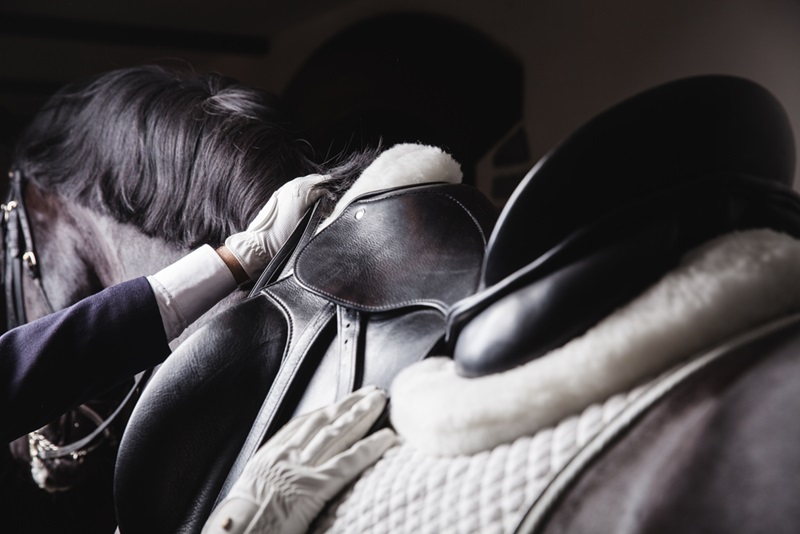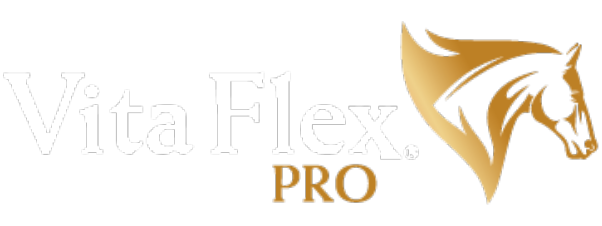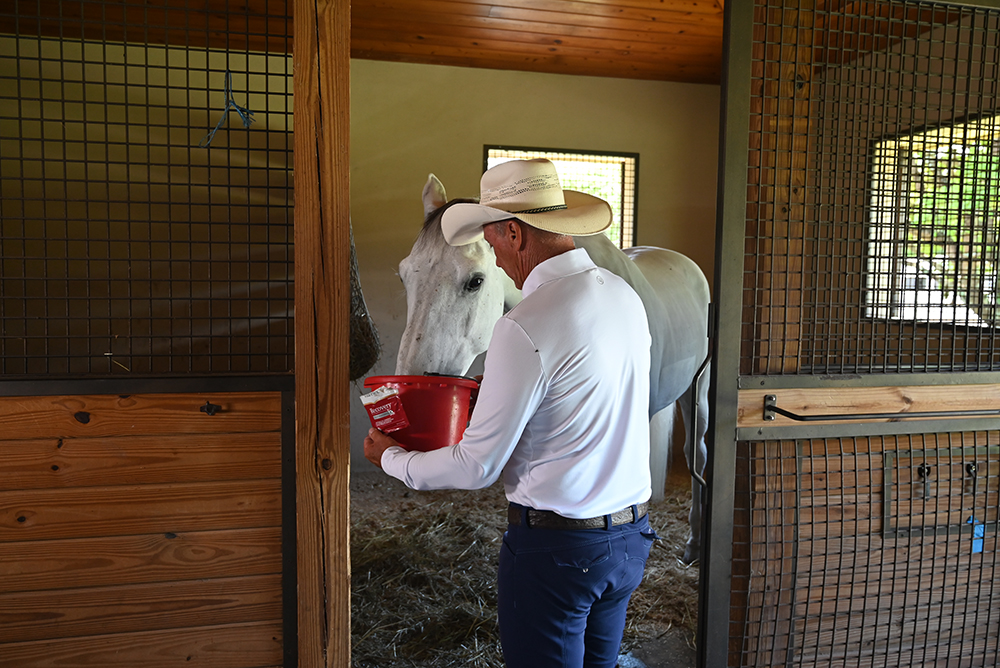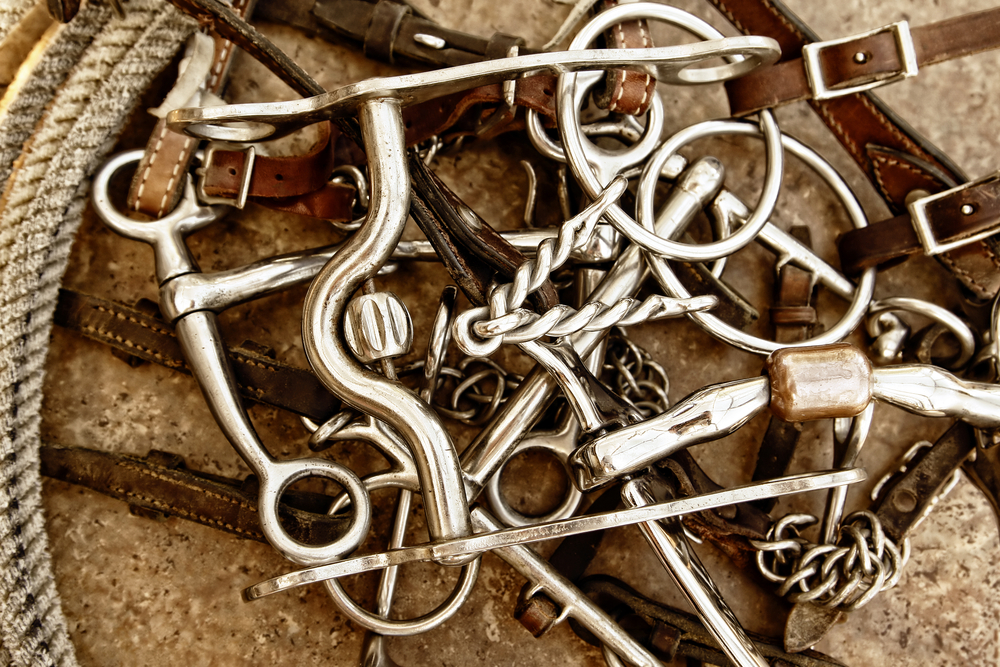Saddle Fit For the Horse
Katie Navarra

Think back to the last time you bought a pair of shoes because you liked the style, but they didn’t quite fit. You thought that with a little “breaking in” they’d become more comfortable. No matter how many times you wear them, there’s still a spot that pinches your toe or rubs your heel. When you wear them, that’s the only thing on your mind. Imagine how your horse feels if his saddle creates the same discomfort.
“Horses are stoic, they put up with a lot from their riders,” says Sabine Schleese, co-owner of Schleese Saddlery and co-founder of Saddlefit 4 Life. Her husband Jochen is a Certified Master Saddler and a saddle fitting expert who works with veterinarians, trainers and riders worldwide to teach proper saddle fit.
Poorly fitted saddles cause irritation, back pain and tissue scarring. Although your horse can’t verbalize the saddle is uncomfortable, these signs offer clues that fit may be a problem.
- Noticeable change in attitude or behavior under saddle
- White hairs under the saddle area that were not present before
- Dry patches on the horse and/or saddle pad after being ridden when the rest of the horse’s body is sweaty
- Sore back after riding
- Hard spots or scars under the saddle area
Learning a little bit about equine anatomy helps riders evaluate saddle fit. Sabine explains that the range of motion in the horse’s shoulder, which ends in a sensitive cartilage cap, is what allows him to extend the front leg.
“A saddle that pinches in this area can actually shear off this delicate cartilage that allows the shoulder blade to glide beneath the muscles that overlay it,” she says. “There should be some space at the top of the panel to allow for proper range of motion of the scapula.”
When a rider notices that their horse is “off,” Sabine says that saddle fit can often be the culprit. The horse may be showing symptoms of lameness but it’s so subtle it’s hard to see just trotting a horse in-hand unless he’s under saddle.
“They may not even realize that a horse being “off” could be attributed to something as easily eliminated as saddle fit,” she says. “There are many reasons and other issues that could be going on, but saddle fit is often overlooked and can easily be eliminated as a cause.”
The Schleeses have developed “9 Points of Saddle Fit” that can be used as a checklist to rule out saddle fit as the cause of pain. She explains the checklist and offers advice for evaluating saddle fit on your horse. All of these points are explained on their YouTube channel in more visual detail for an easy DIY assessment.
Saddle balance
When placed on the horse’s back, the seat should be level. If the seat tilts backward, the width of the gullet is too narrow and will put too much pressure towards the loins. Conversely, if the saddle leans forward, the gullet channel is too wide and will pinch on the horse’s shoulders. A saddle that is too high in the back also pushes a rider forward and their legs back taking them out of correct posture.
Wither clearance
You should be able to fit two to three fingers all around between the horse’s withers and the saddle. This space gives horses the freedom to move. Patches of white hair or sores on the withers suggest the saddle is pinching the horse’s withers.“A horse may be reluctant to go forward if there isn’t enough clearance here. This is where the stallion will bite the mare to prepare her for mating. The instinct is to stop, drop the back and rotate the pelvis,” Sabine says.
Channel/gullet width
This portion of the saddle covers the horse’s spine.“A saddle with a channel or gullet that is too narrow or too wide can cause permanent damage to your horse’s back,” she explains. “The width of each horse’s spine will determine how wide his saddle’s gullet must be, and it must be the same throughout the entire length of the saddle.”
This tends to be more of an issue in English than western saddles because western saddles were designed for working horses and generally allow enough space for the horse’s movement.
Full panel contact
The saddle panels should make even contact the entire length of the horse’s spine so that the rider’s weight is spread out uniformly.“Ideally, the rider’s weight is distributed over an area that equals approximately 220 square inches and ends at the last floating rib (at the 18th thoracic vertebra),” she says.
Billet alignment
Regardless of discipline, where the girth falls can impact a horse’s range of motion and comfort under saddle. When they are too far back, gravity pulls the girth forward. Positioned too far forward and the cinch can cause soreness in the elbows.
“The girth will always find its position at the narrowest point of the rib cage, potentially driving the saddle forward onto your horse’s shoulders if not aligned properly,” she says.
Saddle straightness
The center of the saddle should be aligned with your horse’s spine.“Horses are by nature uneven. Most horses have a left shoulder that is larger and more developed than their right shoulder,” she adds. “The larger shoulder kicks the saddle over to the other side during motion unless the gullet has been widened to accommodate this inherent asymmetry.”
A rider who sits unevenly can compress the stuffing more on one side of the saddle and also drag it over to that side.
Saddle length
Saddles are designed to sit behind the horse’s shoulder and the skirting or seat should not extend past the horse’s last floating rib. Horses with shorter backs require a more rounded skirting so the saddle does not interfere with the horse’s hip movement. It should never sit on the lumbar vertebrae as these are not intended to carry any significant weight.
Tree angle
The angle of the tree should mimic the angle of your horse’s shoulder. As the horse moves, his shoulder rotates upward and backwards. Sabine encourages riders to check if the angle of the piping on the saddle matches the angle of your horse’s shoulder. If it does, the angle of your saddle’s tree is correctly adjusted for your horse.
Tree width
The tree width at the gullet plate must be wide enough for the horse’s shoulders to rotate freely under the tree. If the tree width is too wide, the entire saddle may rock or slip from side to side when it’s being ridden, or the back half of the saddle may twist to one side or the other.It is important to remember that a horse’s age and condition affect fit. Young horses may grow and require a different saddle. Weight gain or loss can change how a saddle fits. Sometimes a saddle may fit one day and not the next, and even a routine trim or shoeing by the farrier can change how the saddle fits a horse.
“It’s a delicate balance,” Sabine says. “It’s important to work closely with all the professionals involved with a horse’s care—their veterinarians, farriers, etc. because saddle fit is part of a holistic approach to the horse’s overall well-being.”


